AUTOLOGOUS STEM CELL THERAPY CONSULTATION
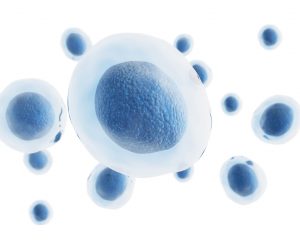
Stem cells are precursor cells with the ability to self-renew and differentiate into various types of mature cells.
Stem cells possess two key characteristics:
- Self-renewal
- Differentiation
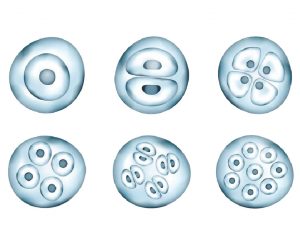
Stem cells exist in nearly every part of the human body and can be categorized into four types:
STEM CELL HARVESTING
- Totipotent
- Pluripotent
- Multipotent
- Unipotent
STEM CELL HARVESTING
Stem cells can be harvested from umbilical cord blood, placenta, bone marrow, and adipose tissue. Among these, harvesting from adipose tissue Adipose-Derived Stem Cells (ADSC) offers several advantages due to its ease of collection, efficient culturing process, and minimal adverse effects during use. ADSC are also widely applied across various therapeutic and research applications.
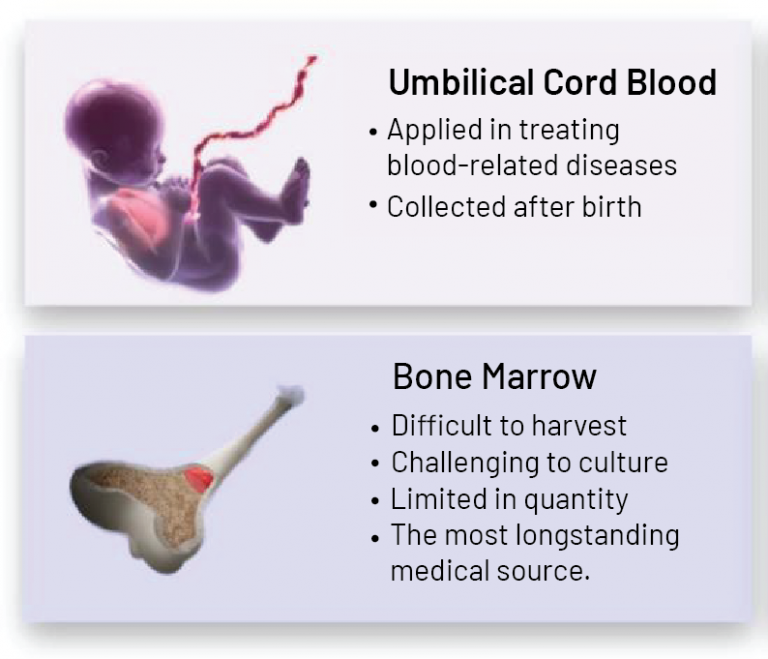
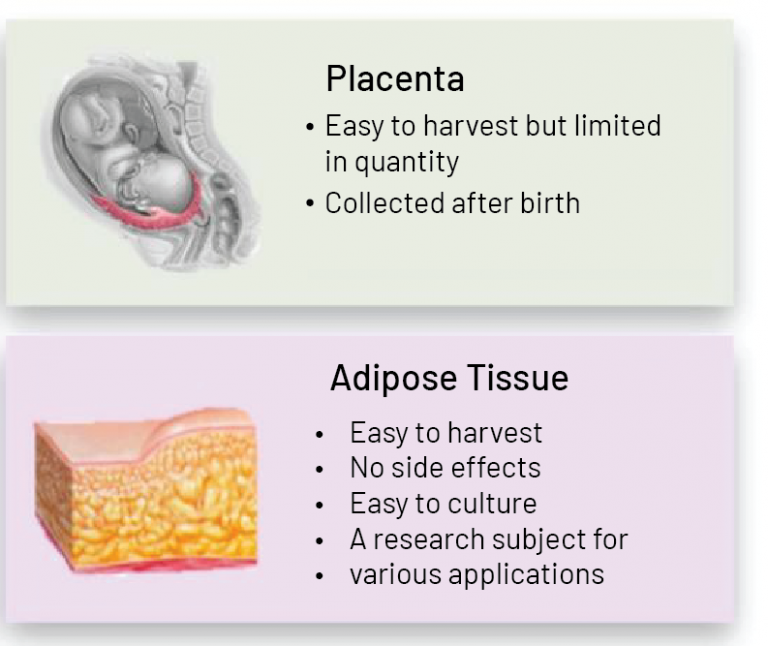
- Máu
- Nhau thai
- Mô mỡ
- Tủy xương
- Blood
- Placenta
- Adipose Tissue
- Bone Marrow
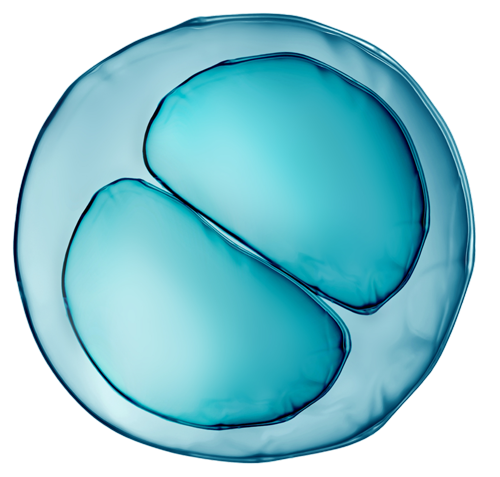
- Exosome
- Cytokine/GF
- Autologous Stem Cells
- Allogeneic Stem Cells
Inflammation
conditions, Sepsis
Autologous stem cells are stem cells derived from a person’s own body and reintroduced into the same individual. Because of this origin, they exhibit high compatibility, easily differentiate and proliferate, and do not trigger infections or immune reactions such as inflammation orrejection.
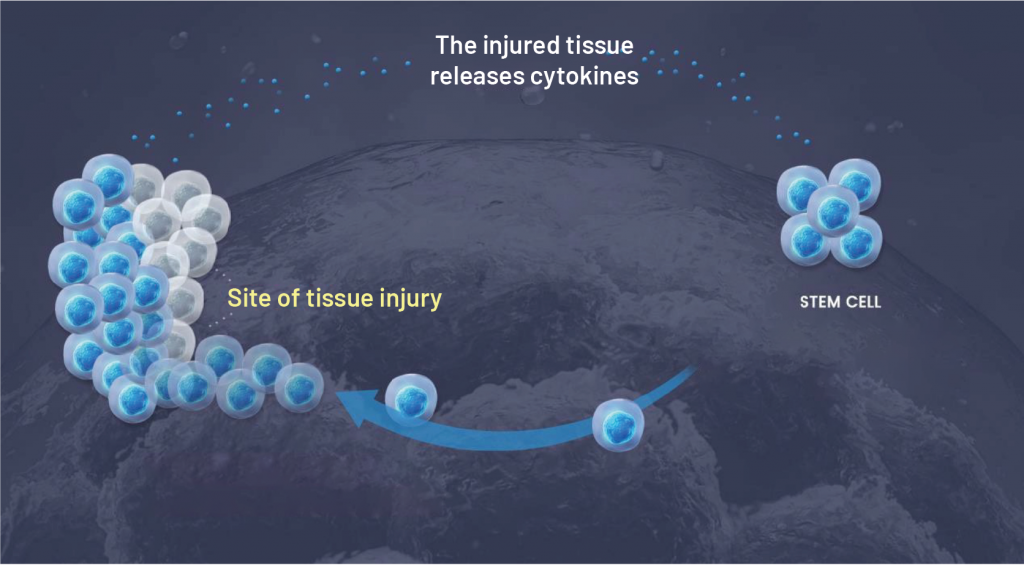
Stem cells are guided to the site of injury through intercellular signaling molecules called cytokines. Once they arrive, the stem cells differentiate and support the regeneration of the damaged tissue.




